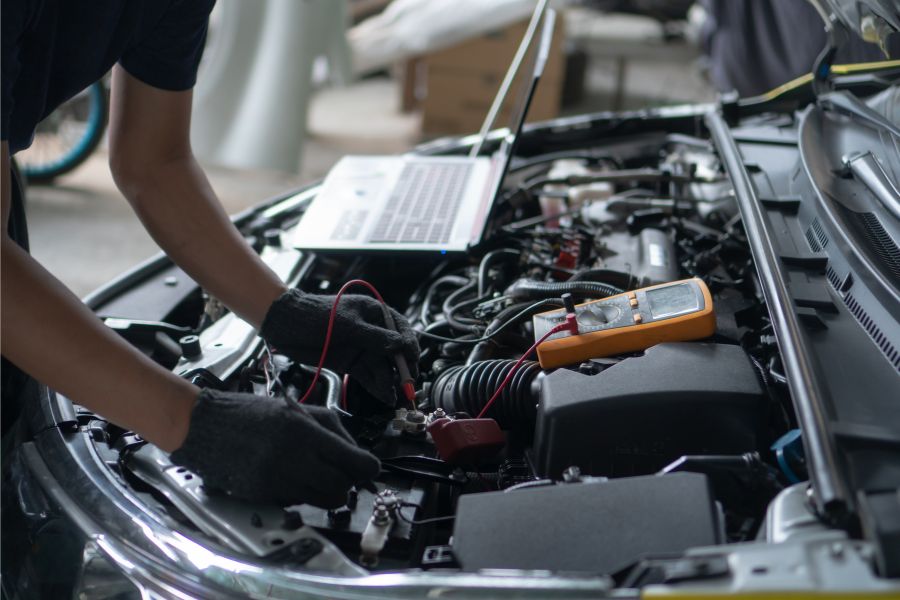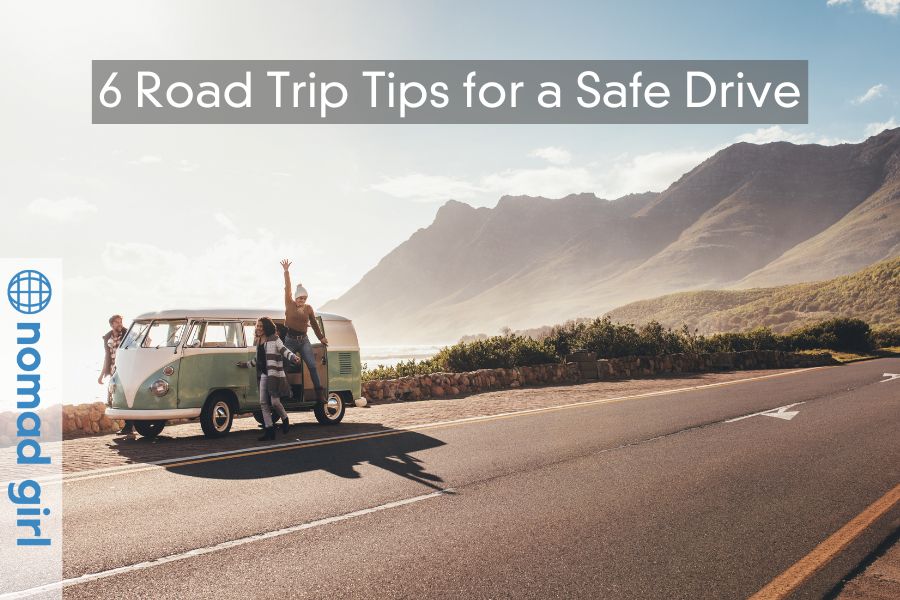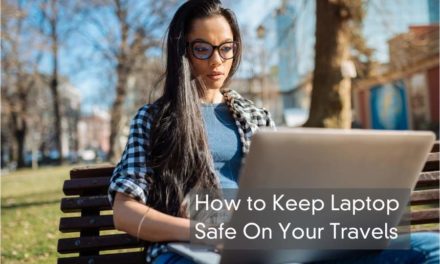Do you have that one friend whose driving leaves your heart racing with these lyrics from Sarah Kays’ Traffic Lights: “…I’m holding my breath in the passenger’s side. Your safe driving has me scared for my life…”? Or perhaps you’re that friend? If so, it might be time to reevaluate your driving habits. After all, the life you save could be your own. Even if you are a careful driver, there is no harm in brushing up on safe road travel.
“Why is this important?” you might ask. Besides, aren’t we taught to drive in driver’s ed? Well, keep in mind that road crashes claim 1.3 million lives annually, according to the World Health Organization (WHO). A sizeable percentage of these victims are likely trained drivers with years of experience and familiarity with various driving conditions.
However, it’s possible to get carried away or ignore road safety rules, which can heighten the risk of an accident under certain circumstances, such as poor road conditions. To prevent such eventualities, here are six safety tips to consider. And if you have that friend with a need for speed, be sure to share this guide with them.
Tip 1 – Get Enough Rest Before Getting Behind the Wheels
This is the first and most important point on which other safe driving practices hinge. You can be a cautious and attentive driver, but when fatigue sets in, it can compromise your reflexes, judgment, and reaction time, all of which are needed to drive safely. This is especially true if you continually suffer from sleep deprivation or fail to rest adequately before embarking on a long journey.
Falling asleep at the wheel or even just nodding off is dangerous. Each year, it contributes to over 6,400 deaths in the United States, as documented by the National Sleep Foundation. In 2017, the National Highway Traffic Safety Administration (NHTSA) reported 91,000 crashes that resulted in 50,000 injuries and 800 fatalities. In some cases, you may not realize you’re drowsy until you’ve dozed off a couple of times.
Drowsiness kicks in with excessive yawning, heavy eyelids, sluggishness, and boredom. At this point, you may notice yourself drifting out of your lane or not recalling the last few miles you’ve driven. To prevent such:
- Improve your sleep cycle, ideally securing seven to eight hours of rest every night.
- Take a long nap the day before your journey, especially if your regular sleep patterns are inadequate.
- Avoid staying up late watching TV, fiddling with your phone, or socializing with friends, especially if your trip is scheduled for the next morning.
- Take breaks when driving—every 150 miles or every two hours. Alternatively, take a rest whenever your drive stretches longer than four hours.
- Eat light meals regularly and stay adequately hydrated.
- Keep your eyes open and be aware of your environment.
Tip 2 – Give Your Vehicle a Once-Over Before the Trip

As a road traveller, your car is your second home. So, treat it as such. Before setting on a journey, conduct a thorough inspection of the steering wheel, wipers, windshield, oil levels, lights, safety belts, brakes, and other vital parts. Make sure you’re using the right parts for your car model—for instance, Subaru-approved windshield wipers for a Subaru—to ensure optimal performance. Your safety on the road also depends on well-maintained tyres. If you have poor tyres, you’ll need more stopping power than you normally would when applying the brakes. Your steering wheel will be less responsive, increasing the risk of a crash.
Therefore, it’s advised to replace the worn-out tyres. Check the tread depth and ensure it isn’t balding to prevent hydroplaning and blowouts when driving in adverse weather conditions. If you have an older or high-mileage car, conduct regular inspections and a full car maintenance service once a year or every 12,000 miles so you don’t experience mechanical and electrical system failure.
This applies to rental vehicles as well. Check their condition and report any issues to the rental agency. Remember, a vehicle is only as reliable as its roadworthiness.
Tip 3 – Buckle Up
A seat belt stands as the most effective safety gear in a vehicle. It can potentially save lives by up to 50% or even 60%. A car crash study conducted by the NHTSA, spanning from 1960 to 2012, revealed that seat belts outperformed all other safety measures, contributing to 329,715 lives saved. Before starting your engine, ensure that both your safety belt and those of the passengers’ are functional and securely fastened.
Tip 4 – Stock Up on Supplies
Your tummy and gas tank will both be on the run while you’re on the road. So, it’s ideal that you keep them filled for the journey. As you load the vehicle, remember to bring along snacks, drinks, fruits, sandwiches, water, and a first aid kit, among others. Have some extra cash in your wallet (and not just your debit or credit card) for gas or any emergencies on the road.
Tip 5 – Keep an Eye on the Sky
Weather is known for its unpredictability. One moment, you’re on the highway and enjoying the sunshine, and in a few minutes it’s raining cats and dogs. A clear sky can quickly be overtaken by fog, snow, hail, and heavy rain, all of which can be a hazard to drivers on the road. This is why you should check the weather forecast before going on a long trip.
If a weather alert is issued in your location, avoid driving during that time. Take a break and wait for the skies to clear. If it happens at night, perhaps while you’re travelling with kids, find a local spot. It can be a restaurant, a friend’s place, or a hotel where you and your family can rest until the storm is over.
Not all restaurants are overnight parking friendly, but you might be lucky to find one that offers this option for free, such as Cracker Barrel. When travelling along the coast or through the plains, watch out for strong winds. If you’re traversing mountain passes, be wary of snow and ice. Regardless of the situation, adapt your driving skills accordingly. For instance, if you are travelling on icy roads, slow down and don’t brake quickly.
Tip 6 – Beware of Suspicious Hitchhikers and Other People You Take on a Journey

Although this tip isn’t like the others that concern safe driving, hitchhikers are a common occurrence on roads. Some of them can be absolutely harmless, while others can pose a danger to you or your vehicle. If you see that a person is acting suspiciously, then it’s better not to stop.
If you decide to take people you barely know on a journey with you, do a background check on them on Nuwber, a people search website, to keep peace of mind throughout the trip.
Conclusion
Road trips are meant to be enjoyed, not dreaded. This can only happen if you practice due care for your body, mind, and the vehicle you’re driving before, during, and after the journey. Remember to buckle up, stay alert, and keep off your phone to avoid distracted driving. Most importantly, enjoy the ride!


















